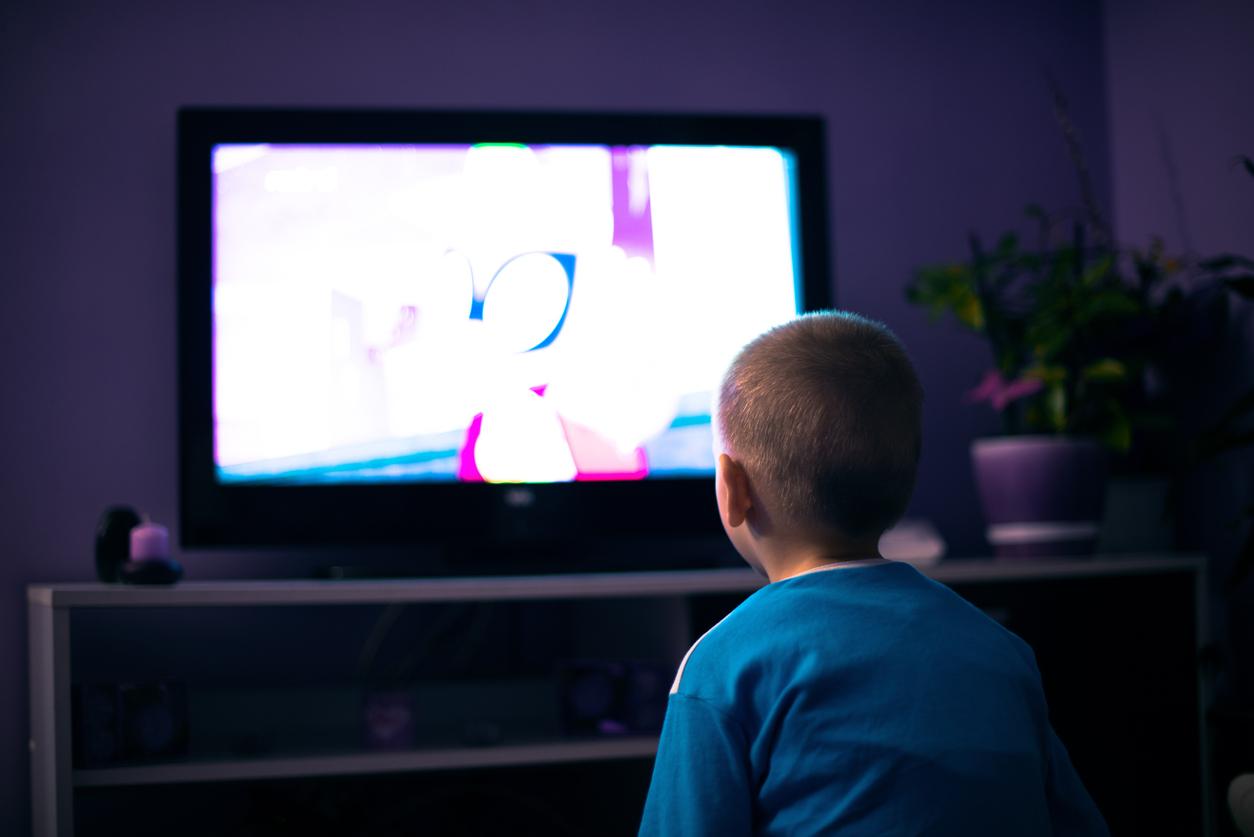American scientists have developed an eye test that can accurately identify children with autism.

- In France, approximately 700,000 people, including 100,000 under the age of 20, present at least one of the symptoms of autism spectrum disorders.
- “Most children do not receive a formal diagnosis until they are 3 or 4 years old,” according to the authors.
When parents speak to their infants, they speak with a high, singsong voice. This universal language, called “parentais” or “mamanais”, is used to capture a baby’s attention. Several studies have shown that it stimulates children’s attention and learning, helping them to develop their skills. language skills and their emotional reactivity. According to a recent study, published in the journal JAMA Network Open“mommy” could be used to identify autism spectrum disorders years before symptoms appear.
Eye tracking test: 653 babies watched two one-minute videos
To reach this conclusion, researchers at the University of California, San Diego developed a new eye-tracking test to assess toddlers’ level of attention to parenting language. As part of the work, they used this test and recruited 653 children, aged one to two years, in good health and suffering from autism.
In one experiment, two one-minute videos were shown to each child on a screen: one showing a woman using the “parentais”, and the other a scene, either showing a busy highway or abstract figures accompanied by music. “Toddlers also underwent diagnostic and psychometric evaluation by psychologists,” the team said.
Autism: the level of attention to mother tongue, an early marker of the disorder
According to the results, children who paid attention and reacted to mother tongue less than 30% of the time could be identified as having autism spectrum disorders. “Toddlers with autism who showed the lowest levels of attention to maternal speech had lower social and language skills”the authors reported.
Now they want to determine if the fact of paying less attention to the “mother” is the cause of the reduced sociability of these children or simply a symptom of it. “The fact that we can reliably identify children with autism using such a quick and easy eye-tracking test is truly remarkable. In the future, we hope to be able to use a child’s attention to language maternal as an index of the treatments from which he could benefit and as a tool for measuring the effectiveness of these treatments”, concluded Karen Pierce, author of the research, in a statement.
















